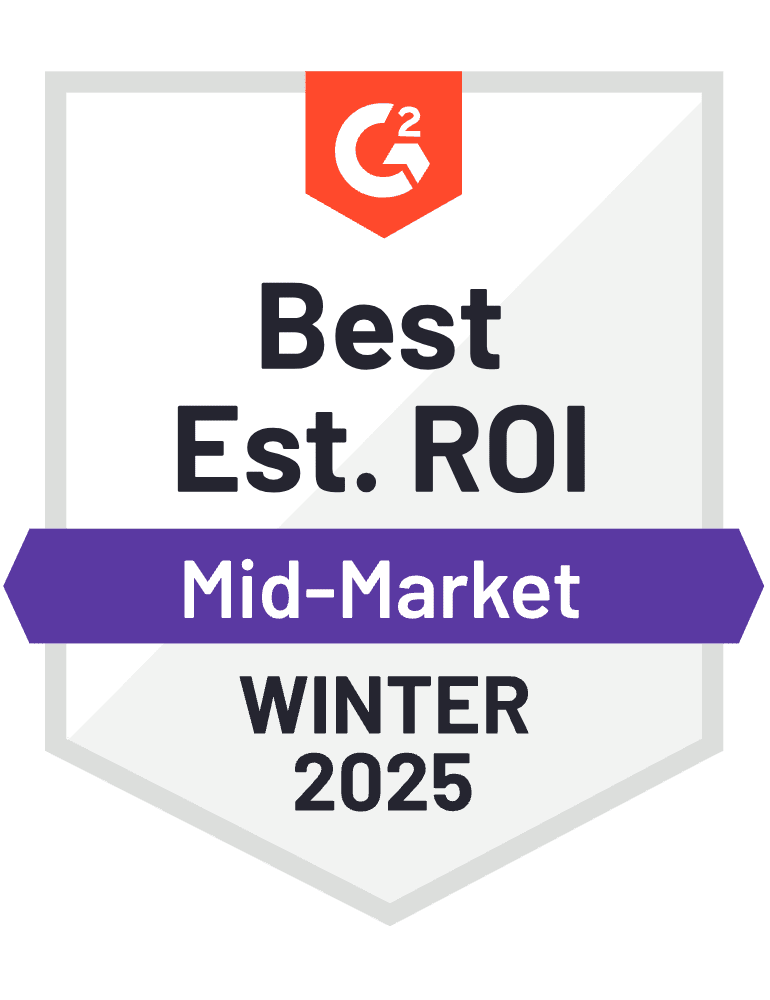How IT AM Software Helps with Data Security and Compliance?

Businesses are more vulnerable than ever to cyber threats, data breaches, and compliance failures. The role of IT Asset Management (ITAM) software is often underestimated when it comes to ensuring data security and regulatory compliance. However, without a structured approach to tracking, managing, and securing IT assets, organizations expose themselves to significant security and compliance risks.
This blog explores how effective IT Asset Management (ITAM) software enhances data security and compliance, the risks of poor asset management, and best practices for implementing a robust ITAM strategy.
What is IT Asset Management (ITAM) Software?
IT Asset Management (ITAM) software is a tool that helps organizations track, manage, and optimize their IT assets throughout their lifecycle. These assets include hardware (laptops, servers, network devices), software (licenses, applications), and even cloud resources. ITAM software provides a centralized system for asset discovery, monitoring, and compliance, ensuring organizations have complete visibility into their IT infrastructure.
Key Features of ITAM Software
Asset Inventory & Discovery – Automatically detects and records all IT assets within an organization. Lifecycle Management – Tracks assets from procurement to retirement, ensuring proper maintenance and disposal. License & Compliance Management – Monitors software licenses, renewals, and compliance with regulations. Security & Risk Management – Identifies vulnerabilities, ensuring assets are patched and secure. Financial Tracking – Helps organizations optimize IT spending and avoid unnecessary costs.
The Link Between ITAM Software, Security, and Compliance
IT Asset Management software is designed to track, monitor, and maintain IT assets throughout their lifecycle. This includes everything from procurement and deployment to maintenance and decommissioning.
A well-implemented ITAM solution plays a crucial role in:
- Protecting sensitive data from unauthorized access.
- Preventing security vulnerabilities caused by unpatched or outdated assets.
- Ensuring compliance with industry standards and regulations such as GCC, SOC2.
- Mitigating the risks associated with lost, stolen, or unaccounted-for IT assets.
Risks of Poor IT Asset Management
Without an effective ITAM strategy, organizations face several risks that can compromise security, compliance, and operational efficiency. Here are the key risks:
1. Data Breaches Due to Untracked Assets
When organizations fail to maintain an accurate inventory of their IT assets, devices can go missing, be repurposed without authorization, or end up in the wrong hands. Unsecured IT assets containing sensitive data can become an easy target for cybercriminals. A lost or stolen laptop, unencrypted hard drive, or an unpatched server could expose critical business information, customer records, or proprietary data.
2. Compliance Violations and Hefty Fines
Regulatory bodies require businesses to safeguard customer and employee data. If IT assets containing sensitive information are not properly managed, organizations can face heavy penalties for non-compliance with data protection laws such as GCC and SOC2. Failure to meet these compliance standards can result in legal actions, financial penalties, and reputational damage.
3. Increased Attack Surface Due to Outdated Hardware
Unmanaged IT assets, especially legacy hardware, often lack the latest security patches, making them a prime target for cyberattacks. Devices running outdated firmware or unsupported operating systems may have known vulnerabilities that cybercriminals can exploit. Without a clear understanding of which assets are in use and their security status, businesses remain exposed to threats such as ransomware, malware infections, and unauthorized access.
4. Data Leakage from Improper Asset Disposal
Failure to properly decommission or wipe IT assets before disposal can lead to data leaks. Cybercriminals often exploit discarded devices that still contain sensitive data. If old hard drives, servers, or mobile devices are not securely wiped or destroyed, confidential business information can be recovered and misused.
5. Unauthorized Access and Insider Threats
Poor IT asset management can lead to unauthorized access to critical systems and data. Employees or former staff members with access to unmonitored devices can misuse them for
malicious activities. Organizations without proper access controls and tracking mechanisms may struggle to prevent unauthorized individuals from using outdated credentials to access sensitive resources.
6. Operational Inefficiencies and Increased IT Costs
When IT assets are not properly tracked, businesses risk unnecessary purchases, redundant licensing, and inefficient resource allocation. Organizations may continue to pay for unused or duplicate software licenses, resulting in wasted expenses. Additionally, IT teams may struggle with inefficiencies due to a lack of real-time visibility into asset availability and condition.
7. Lack of Incident Response Readiness
In the event of a security incident, IT teams need to quickly identify affected assets, isolate compromised systems, and take remedial actions. Without an up-to-date IT asset inventory, incident response becomes delayed and ineffective, increasing the potential damage from cyber threats.
8. Diminished Business Reputation and Customer Trust
A security breach or compliance violation due to poor IT asset management can damage an organization’s reputation. Customers, partners, and stakeholders expect businesses to safeguard their data. A publicized security incident can erode customer trust, impact business relationships,and result in revenue losses.
How IT Asset Management Software Enhances Security and Compliance
IT Asset Management (ITAM) software plays a crucial role in strengthening an organization’s security posture and ensuring compliance with industry regulations. By providing real-time visibility, automation, and security controls, ITAM solutions help businesses mitigate risks associated with unmanaged assets, unauthorized access, and regulatory violations. Here’s how ITAM software enhances security and compliance:
1. Comprehensive Asset Inventory for Risk Mitigation
An effective ITAM solution maintains an up-to-date inventory of all hardware and software assets within an organization. This ensures:
· Full visibility into all IT assets, reducing the risk of shadow IT.
· Identification of unauthorized or unregistered devices that could pose security threats.
· Accurate tracking of asset ownership, location, and status to prevent loss or theft.
2. Automated Patch Management and Vulnerability Protection
Outdated and unpatched software and hardware are major security vulnerabilities. ITAM software helps organizations:
· Automate software updates and patch deployment to reduce exposure to cyber threats.
· Monitor assets for security vulnerabilities and ensure compliance with security policies.
· Receive alerts and reports on devices that require immediate updates to prevent breaches.
3. Secure Decommissioning and Data Sanitization
Proper IT asset lifecycle management includes secure disposal of outdated or redundant IT assets. ITAM software ensures:
· Data wiping, degaussing, or destruction of hard drives and storage devices before disposal.
· Detailed chain-of-custody documentation to track asset retirement securely.
· Compliance with data protection regulations by ensuring no residual sensitive data remains.
4. Role-Based Access Control (RBAC) for IT Asset Security
Access control is critical in preventing unauthorized users from accessing IT assets and sensitive data. ITAM software supports:
· Role-based access control (RBAC) to restrict IT asset access based on user roles.
· Secure authentication methods to prevent insider threats and unauthorized usage.
· Audit logs that track user interactions with IT assets for accountability and compliance.
5. Incident Response and Asset Tracking
In case of a cybersecurity incident, organizations need to act swiftly to identify affected assets and mitigate damage. ITAM software facilitates:
· Rapid identification of compromised assets through real-time asset tracking.
· Isolation of high-risk devices to contain security threats.
· Automated alerts and reports to support forensic investigations and compliance audits.
6. Regulatory Compliance Management
Many industries must comply with stringent regulatory requirements, including:
· GCC (Gulf Cooperation Council Data Protection Regulations) – Establishes data protection laws across GCC countries, ensuring IT assets handling personal and business data comply with privacy, security, and data sovereignty requirements.
· SOC 2 (System and Organization Controls 2) – A compliance framework that mandates IT asset management practices to ensure data security, availability, processing integrity, confidentiality, and privacy for service organizations handling customer information.
· GDPR (General Data Protection Regulation) – Ensures IT assets handling EU citizens’ data are protected and compliant with data retention and deletion policies.
· HIPAA (Health Insurance Portability and Accountability Act) – Requires healthcare organizations to secure patient data stored on IT assets. ISO 27001 – A global information security standard that mandates IT asset tracking and risk management.
· SOX (Sarbanes-Oxley Act) – Requires financial institutions to maintain accurate records of IT assets to prevent fraud.
ITAM software streamlines compliance by automating documentation, generating compliance reports, and ensuring security best practices align with regulatory standards.
7. Enhanced Threat Detection and Risk Management
ITAM software integrates with security tools such as SIEM (Security Information and Event Management) systems to:
· Detect anomalies in IT asset usage and flag suspicious activities.
· Prevent unauthorized device connections to the corporate network.
· Identify and mitigate security risks before they escalate into major breaches.
8. Reduced IT Costs and Operational Efficiencies
By proactively managing IT assets, organizations can:
- Avoid non-compliance fines and penalties by maintaining accurate records.
- Reduce the risk of security breaches that lead to financial and reputational damage.
- Optimize asset utilization and minimize redundant software licenses or hardware purchases.
Best Practices for Effective IT Asset Management Software Implementation
Define Clear ITAM Objectives and Goals
Before deploying ITAM software, organizations should define their objectives and expected outcomes. This includes:
- Enhancing IT asset visibility and tracking.
- Ensuring compliance with industry regulations (GCC, SOC2, ISO 27001, etc.).
- Reducing security vulnerabilities associated with unmanaged assets.
- Optimizing IT spending and minimizing redundant asset purchases.
Conduct a Comprehensive IT Asset Audit
A thorough audit of all existing IT assets helps organizations establish a baseline for asset management. This audit should:
- Identify all hardware, software, and cloud assets in use.
- Detect unauthorized or outdated assets that may pose security risks.
- Ensure all assets are correctly documented in the ITAM system.
Establish a Centralized Asset Repository
To ensure consistency and accuracy, all IT assets should be managed from a centralized repository. A single source of truth helps organizations:
- Maintain real-time updates on asset status and location. · Prevent discrepancies in asset tracking and reporting.
- Improve collaboration between IT, security, and compliance teams.
Automate Asset Discovery and Tracking
Manual asset tracking is prone to errors and inefficiencies. ITAM software should include automation features to:
- Continuously scan the network for new and existing IT assets.
- Automatically update asset records when changes occur.
- Alert IT teams about unapproved devices or software installations.
Integrate ITAM with Security and Compliance Tools
To maximize its effectiveness, ITAM software should integrate with:
- Security Information and Event Management (SIEM) tools to detect asset-related threats.
- Patch management solutions to automate software updates and vulnerability remediation.
- Compliance management platforms to ensure regulatory alignment.
Implement Role-Based Access Controls (RBAC)
To prevent unauthorized access to sensitive IT assets, organizations should:
- Define user roles and permissions based on job functions.
- Restrict access to critical IT asset records to authorized personnel.
- Monitor and log all user interactions with the ITAM system.
Establish IT Asset Lifecycle Management Policies
IT assets should be managed throughout their lifecycle, from procurement to disposal. Key lifecycle management policies include:
- · Acquisition: Ensuring assets are procured through approved vendors.
- Deployment: Assigning assets to users and documenting configurations.
- Maintenance: Keeping assets updated, patched, and compliant.
- Decommissioning: Securely wiping or disposing of outdated IT assets.
Ensure Secure Asset Decommissioning and Disposal
Proper decommissioning of IT assets is crucial to prevent data leaks. Organizations should:
- Implement data sanitization techniques such as encryption, disk wiping, or physical destruction.
- Maintain chain-of-custody records for decommissioned assets.
- Comply with industry regulations for secure IT asset disposal.
Regularly Audit and Monitor IT Assets
Continuous monitoring and periodic audits ensure ITAM effectiveness. Organizations should:
- Schedule routine audits to verify asset records.
- Use automated reporting tools to generate compliance reports.
- Identify gaps and inefficiencies in asset management processes.
Train Employees and IT Teams on ITAM Best Practices
An ITAM system is only as effective as the people using it. Organizations should:
- Provide training sessions on proper asset management procedures.
- Educate employees on the importance of ITAM for security and compliance.
- Encourage accountability in asset usage and tracking.
Leverage Analytics and Reporting for Continuous Improvement
Advanced ITAM solutions offer data-driven insights to optimize asset management. Organizations should:
- Use analytics to track asset usage trends and forecast IT needs.
- Generate compliance and security reports for audits and decision-making.
- Continuously refine ITAM policies based on actionable insights.
Conclusion
IT Asset Management Software is more than just tracking devices is a critical component of a company’s cybersecurity and compliance strategy. By maintaining an accurate inventory, enforcing security policies, and aligning asset management with regulatory standards, organizations can significantly reduce security risks and ensure compliance.
Investing in asset management 365 solution not only protects sensitive data but also strengthens an organization’s overall security posture, helping it navigate the complexities of modern compliance requirements with confidence.
By adopting best practices and leveraging ITAM tools, businesses can ensure that their IT assets remain secure, compliant, and resilient against emerging cyber threats.
Frequently Asked Questions
How does ITAM software improve data security?
ITAM software enhances data security by tracking and securing all assets, ensuring they are up to date with security patches, and preventing unauthorized access.
How does ITAM software help with compliance?
ITAM software helps businesses meet regulatory requirements like GCC, SOC2 by ensuring proper asset tracking, data sanitization, and reporting.
Can Asset Management 365 software prevent data breaches?
Yes, by tracking asset usage, securing unauthorized devices, and ensuring proper disposal of data, asset management 365 software reduces the risk of data breaches from lost or stolen assets.
How does ITAM software support secure asset disposal?
ITAM software ensures that outdated assets are securely wiped, degaussed, or physically destroyed to prevent data leaks and ensure compliance with data protection regulations.
How does ITAM software reduce operational inefficiencies?
By automating asset tracking, patch management, and audits, ITAM software minimizes manual errors, streamlines workflows, and optimizes asset utilization.
Table of Contents
- 1.What is IT Asset Management (ITAM) Software?
- 2. Key Features of ITAM Software
- 3. The Link Between IT Asset Management Software, Security, and Compliance
- 4. Risks of Poor IT Asset Management
- 5. IT Asset Management Software Enhances Security and Compliance
- 6. Best Practices for Effective IT Asset Management Software Implementation Conclusion
- 7.Conclusion:






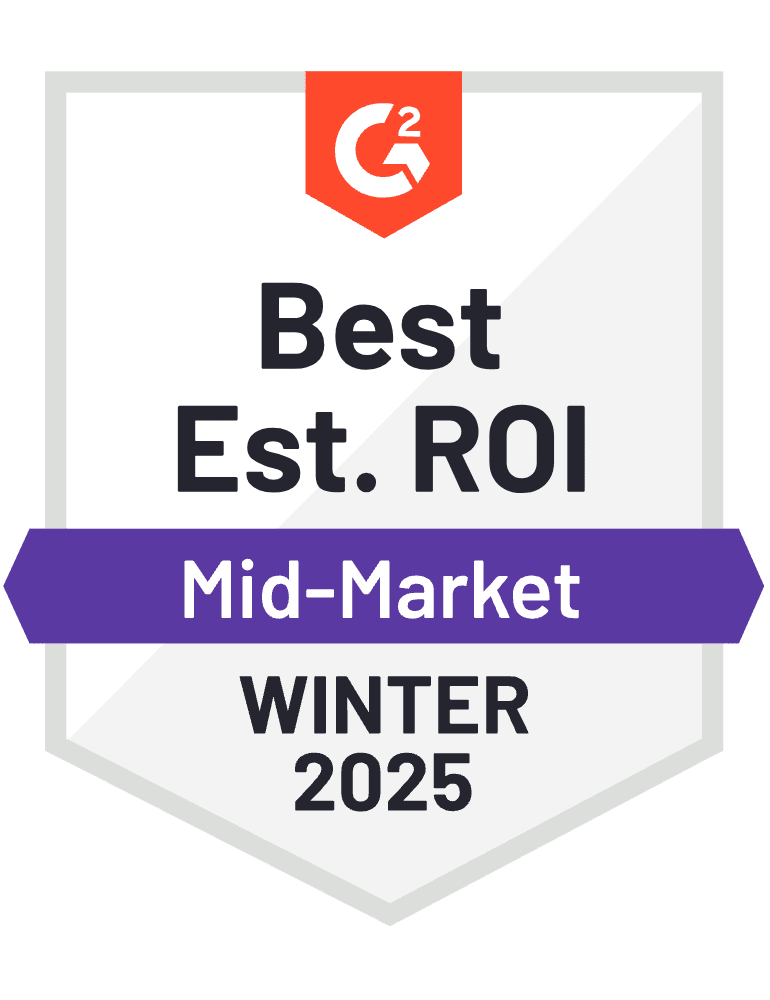

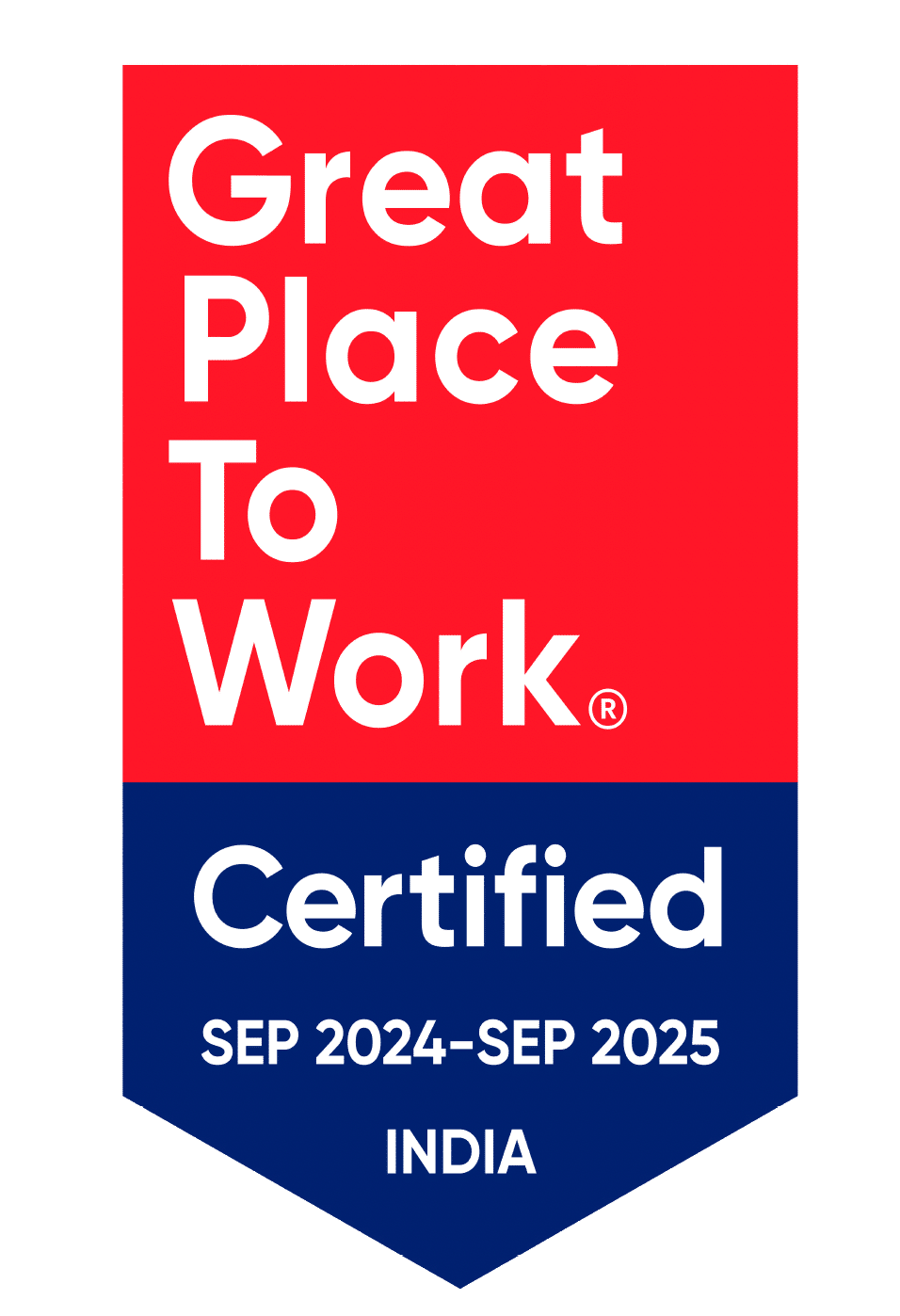
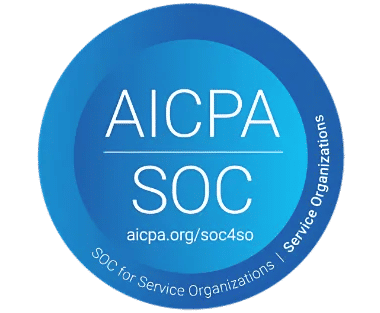
_svxLrd-8yH.png)
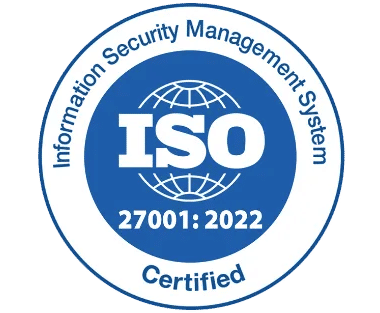
_2VYSFUTN5m.png)

_JiluXJRGNl.svg)

_2djTKNocf.png)





_Rapo0hRMBy.png)
